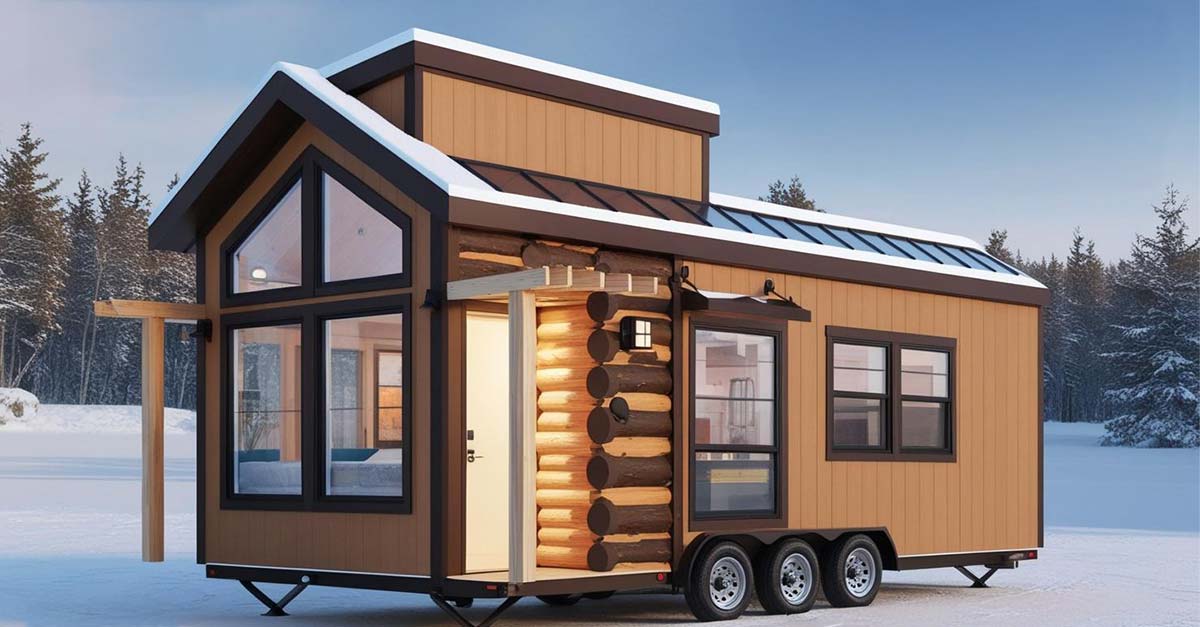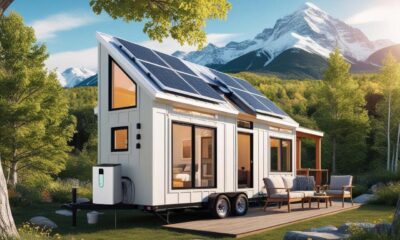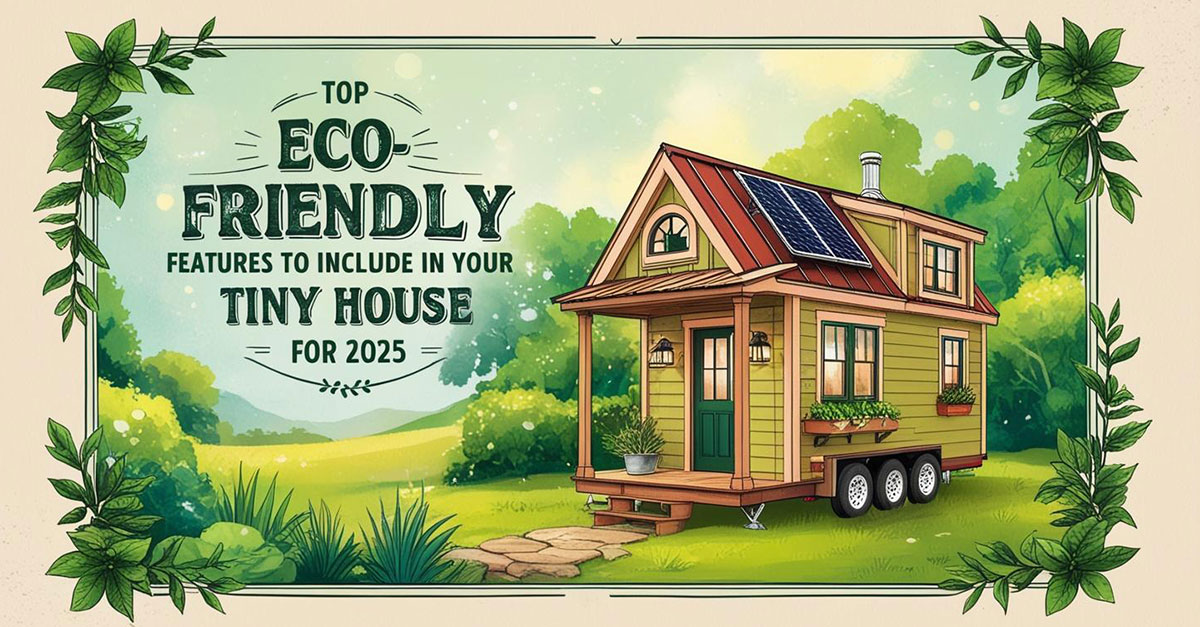Inspiration
How to Design a Tiny House for Harsh Canadian Winters

Living in a tiny house can be an exciting and eco-friendly lifestyle, but Canadian winters demand special considerations. With sub-zero temperatures, heavy snowfall, and biting winds, your tiny home must be designed for maximum warmth, energy efficiency, and durability. Here’s a guide to help you craft a cozy haven that stands up to even the harshest conditions.
Key Features of a Winter-Ready Tiny House
1. Super-Insulated Building Envelope
- Walls, Roof, and Floor: Invest in spray foam or rigid board insulation with a high R-value. Insulating the floor is crucial, especially if your house is on wheels.
- Windows and Doors: Choose double- or triple-pane, gas-filled windows with low-E coatings. Install weatherstripping to seal gaps.
2. Efficient Heating Systems
- Options: Wood stoves, propane heaters, and radiant floor heating work well in small spaces.
- Backup Heat: Consider electric space heaters or a mini-split system for redundancy.
- Placement: Center the heat source for even warmth throughout the house.
3. Ventilation and Moisture Control
- Proper ventilation prevents condensation and mold, especially in winter when windows stay closed. Install a heat recovery ventilator (HRV) to maintain air quality without losing heat.
4. Snow and Ice Management
- Roof Pitch: Opt for a steeply pitched roof to shed snow effectively.
- Material: Use durable roofing materials like metal to prevent damage from heavy snow loads.
- Gutters: Install heated gutters to prevent ice dams.
5. Energy Efficiency and Utilities
- Solar Panels: While daylight hours are shorter, solar energy can still power your tiny home. Combine it with a battery bank for reliability.
- Water Systems: Insulate water pipes and tanks to prevent freezing. Use a tankless water heater for efficiency.
- Skirting: Add insulated skirting around the base of your home to block cold air.
6. Durable Exterior Materials
- Use materials like fiber cement siding or treated wood that resist cold, moisture, and wear.
Decor Tips for Extra Warmth
- Use thermal curtains to reduce heat loss through windows.
- Add cozy rugs to insulate floors further.
- Incorporate soft furnishings like throws and cushions for comfort.
FAQ: Designing a Tiny House for Canadian Winters
Q1: How much insulation does a tiny house need for winter?
A: Aim for insulation with an R-value of at least R-20 for walls and floors, and R-40 or higher for the roof.
Q2: Can a tiny house run entirely on solar power during winter?
A: It’s possible but challenging due to shorter daylight hours. Pair solar panels with a battery bank and a backup generator for reliability.
Q3: How do you keep plumbing from freezing in a tiny house?
A: Insulate pipes, keep them inside the thermal envelope, and consider using heat tape for added protection.
Q4: Are wood stoves safe for tiny houses?
A: Yes, if properly installed with adequate clearance, a chimney, and a fireproof base. Choose a compact, high-efficiency model designed for small spaces.
Q5: How do you deal with snow accumulation around a tiny house?
A: Regularly clear snow from around the base and roof. Install skirting and heated walkways if possible.
Conclusion
Designing a tiny house for harsh Canadian winters requires careful planning, but the reward is a snug, efficient, and sustainable living space. Focus on insulation, heating, and materials, and you’ll enjoy comfort no matter how low the temperatures drop.
Share Your Winter Tiny House Tips!
Are you living in or planning to build a winter-ready tiny house? Share your thoughts and experiences in the comments below!











